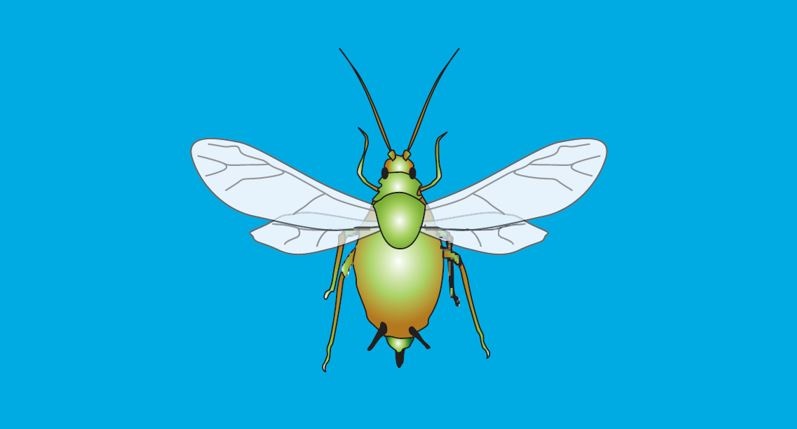- Home
- Knowledge library
- Integrated aphid advisory alerts (Aphid News)
Integrated aphid advisory alerts (Aphid News)
Summary
Aphids have the potential to cause major economic problems in most UK crops through removal of sap, transmission of viruses and deposition of honeydew. The sporadic nature of aphid attacks in time and space means that prophylactic use of insecticides does not make economic sense. It also increases the risk of insecticide resistance and damages the environmental reputation of the industry. Rothamsted Research manages a network of 16 insect suction traps across Great Britain. The Biotechnology and Biological Sciences Research Council (BBSRC) provides most of the funds to support this network. These traps help provide information on the abundance and regional distribution of winged aphids. The aphid counts can help inform decision making about the need to control aphid pests, including virus vectors, such as grain aphids and bird cherry–oat aphids.
The project ran for over ten years, with the final two-year phase of the work providing:
- A concise, tabulated information on the abundance of 10 aphid species in the Aphid News, based on samples from 16 suction traps during the aphid ‘season’ (typically, April – November)
- Weekly tables on the abundance of Cavariella pastinacae and C. theobaldi for use by AHDB with its contractor(s) to produce commentary of relevance to the horticulture sector
- Weekly information in autumn on numbers of cereal-colonising and bird cherry-colonising Rhopalosiphum padi at Rothamsted
- Forecasts of the phenology and early season abundance of cereal, oilseed rape and potato aphid
- Pilot test samples of cereal aphids (grain aphid and bird cherry-oat aphid) from the suction traps for BYDV in 2019. Rothamsted will test one plate (up to 90 aphids) per week from 1 April to 30 November 2019 (35 weeks) from 5 traps (Newcastle, Kirton, Brooms Barn, Writtle and Starcross)
Why did Aphid News stop?
- AHDB Aphid News provided regional information on aphid species and numbers during the main flight period for over ten years.
- Based on information from a network of insect suction traps, managed by the Rothamsted Research Insect Survey (RIS), there has been a drive to explore ways to get aphid data to people more quickly.
- As part of this effort, RIS introduced a free and rapid SMS service in 2020 to text cereal aphid data to subscribers. RIS also radically improved access to aphid data on their dedicated web pages.
- The establishment of a free and direct route – from RIS to users of cereal aphid data – has increased the speed in which aphid data can be delivered and reduced the need for Aphid News.
- As part of our change programme and strategy 2021–2026, we have a focus on improving the value of our services to levy payers. Following the successful roll-out of improved digital services for aphid data, a decision to cease funding AHDB Aphid News was made.
- Instead, AHDB will focus on the delivery of the latest evidence-based aphid guidance through its website and the increased adoption of integrated pest management (IPM).
- We will also continue to invest in the yellow-water-trap network and the associated aphid text-alert service, managed by Fera, and the AHDB Pest Bulletin, hosted by Syngenta. These services have a focus on potato and horticultural crops, respectively, which are funded by the relevant levies.
- AHDB will also continue to support the essential work of RIS and related initiatives, such as monitoring information delivered by the Crop Health & Protection (CHAP) network.
For the latest aphid monitoring information, visit: ahdb.org.uk/aphid-monitoring
Downloads
The final full edition of AHDB Aphid NewsRelated resources


